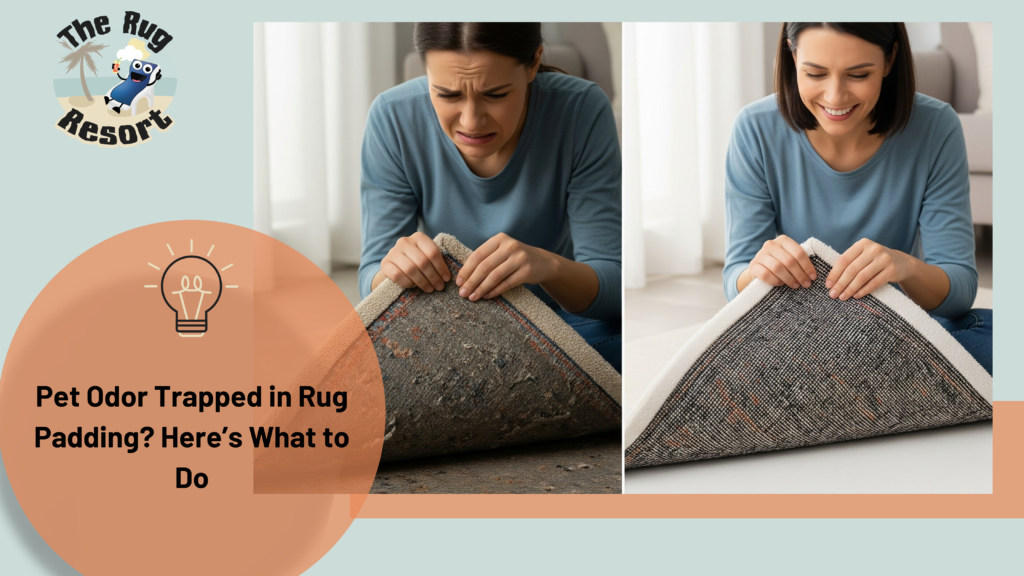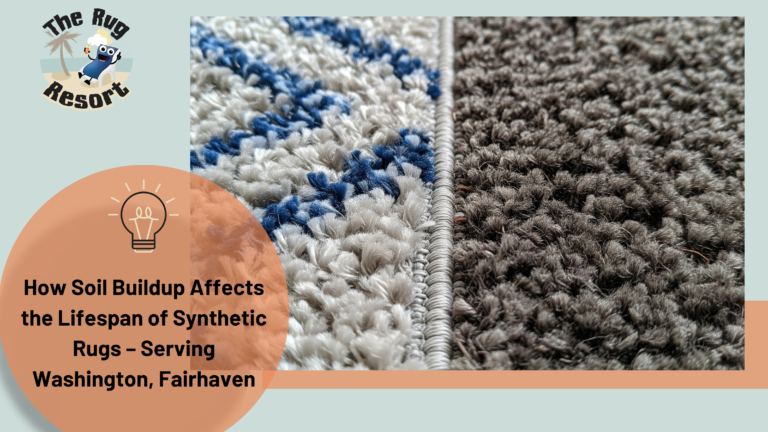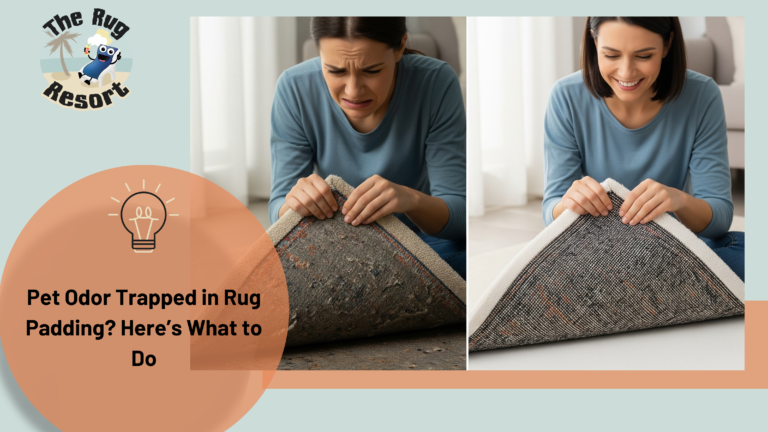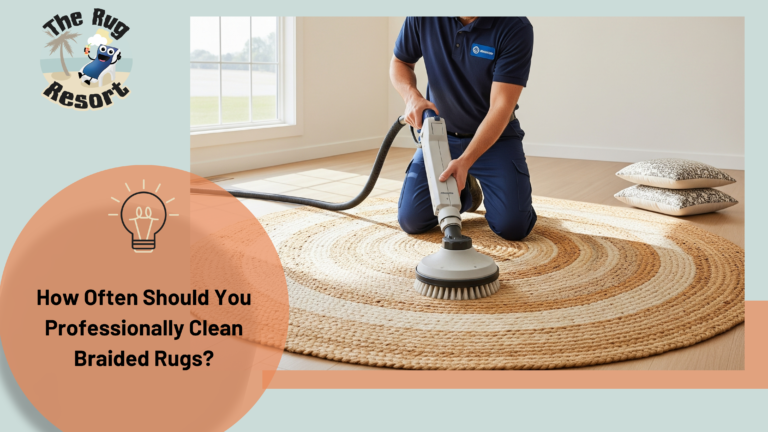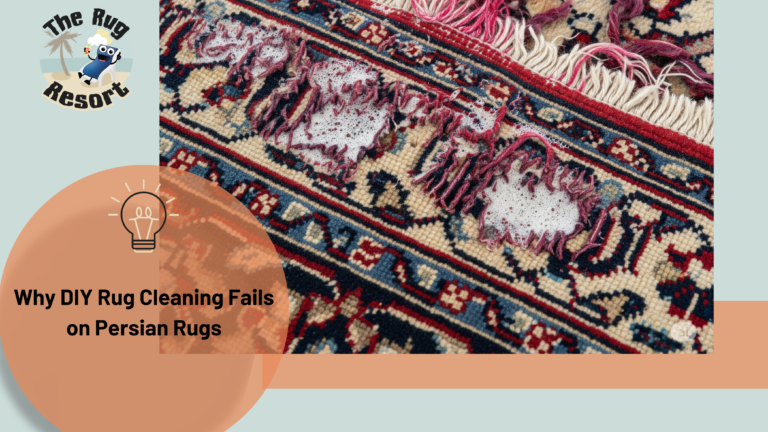Introduction
Pets bring joy and companionship, but can also leave behind unpleasant odors, especially when their urine seeps deep into rugs and padding. While surface cleaning your rug may remove visible stains and smells, pet odors trapped in rug padding can linger for months, causing discomfort and even affecting indoor air quality.
This guide explains why pet odors persist in rug padding and offers proven solutions to effectively eliminate these smells without damaging your flooring or rug.
Why Pet Odor Gets Trapped in Rug Padding
Rug padding, usually made of foam or felt, is porous and absorbs liquids quickly. When pets urinate on a rug, the liquid seeps through the fibers into the padding underneath, creating a hidden source of odor.
Unlike surface stains, this trapped urine can:
- Penetrate deeply, making it hard to clean with surface sprays.
- Bacterial growth in the padding produces strong ammonia-like smells.
- Causes discoloration and deterioration of padding materials.
Signs Your Rug Padding Needs Odor Treatment
- Persistent strong pet smell despite regular cleaning.
- Visible yellow or dark stains underneath the rug.
- Mold or mildew growth is caused by moisture.
- Allergic reactions or respiratory discomfort in household members.
Step-by-Step Methods to Remove Pet Odor from Rug Padding
1. Blot and Clean the Surface Immediately
If the accident is fresh:
- Use paper towels or absorbent cloths to blot up urine from the rug surface.
- Avoid rubbing, as it pushes liquid deeper.
2. Use Enzymatic Cleaners
Enzymatic cleaners break down urine proteins and bacteria, eliminating odors at the source.
- Spray generously on the affected area, ensuring the cleaner penetrates the padding.
- Let it sit for 10-15 minutes or as directed.
- Blot up excess moisture and allow to dry fully.
Pro tip: Avoid cleaners with ammonia or harsh chemicals, as they can worsen odors or damage fibers.
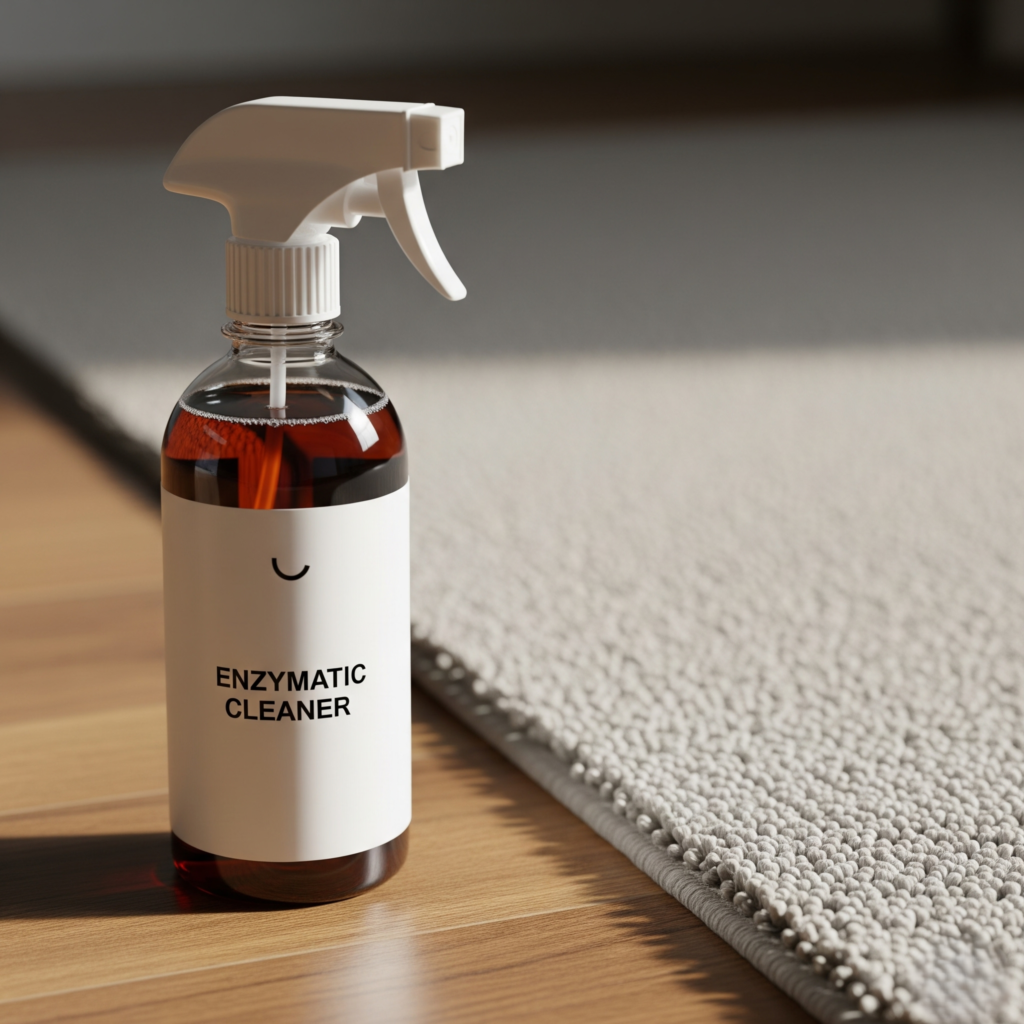
3. Lift the Rug for Deep Cleaning
For severe or old odors:
- Carefully roll back the rug to expose the padding.
- Apply an enzymatic cleaner or a vinegar-water solution directly to the padding.
- Consider replacing padding if damage or odor persists.
4. Use Baking Soda for Odor Absorption
Once cleaned and dried:
- Sprinkle baking soda liberally on the rug surface.
- Let it sit overnight to absorb odors.
- Vacuum thoroughly the next day.
5. Steam Cleaning or Professional Services
Deep steam cleaning can penetrate fibers and padding to remove dirt and odors. However, avoid excessive moisture, which can worsen odors if the padding remains damp.
- Hiring professionals with experience in pet odor removal is often the most effective solution.
Preventing Future Pet Odors in Rugs and Padding
- Train pets to use designated areas or pads.
- Clean accidents promptly with enzymatic cleaners.
- Use waterproof rug pads or mats in pet areas.
- Regularly vacuum and deodorize rugs.
- Schedule periodic professional cleaning.
When to Replace Your Rug Padding
Sometimes, despite best efforts, odors and damage remain due to:
- Extensive urine saturation.
- Mold growth that can’t be cleaned.
- Padding breakdown or crumbling.
In these cases, replacing the padding is the best option to eliminate odors and protect your flooring.
Conclusion
Pet odors trapped in rug padding can be stubborn, but with the right approach, they’re not unbeatable. Immediate cleaning, enzymatic treatments, and periodic professional care help keep your home fresh and odor-free. If odors persist, consider inspecting or replacing your rug padding for a lasting solution. Contact us today!

